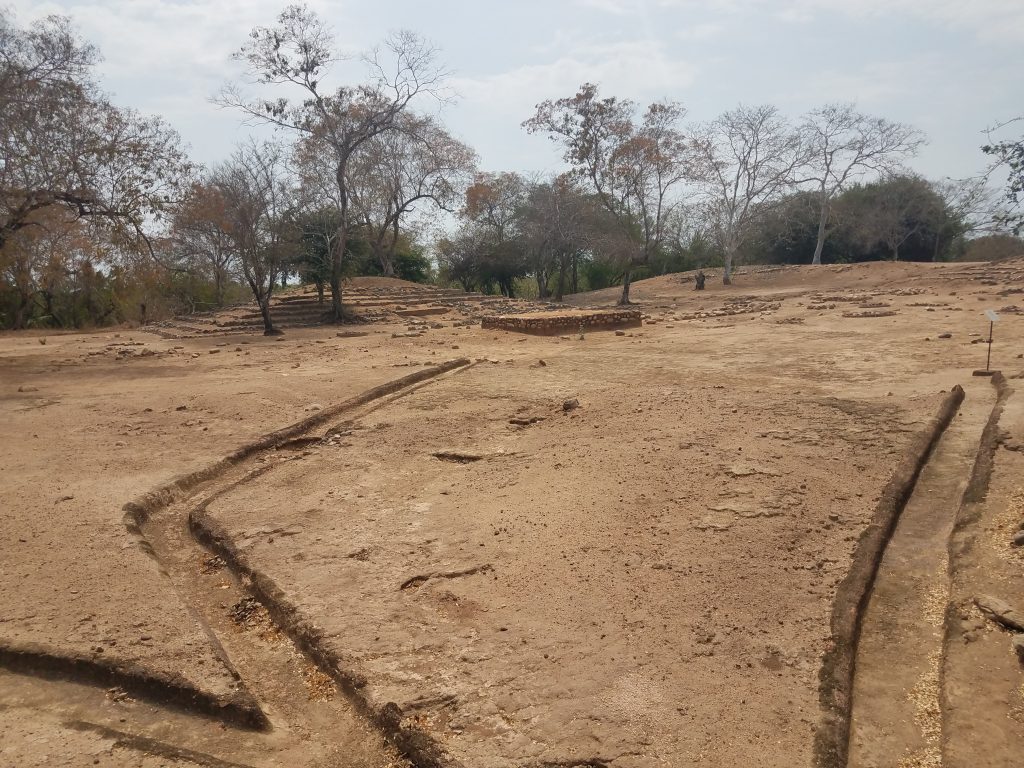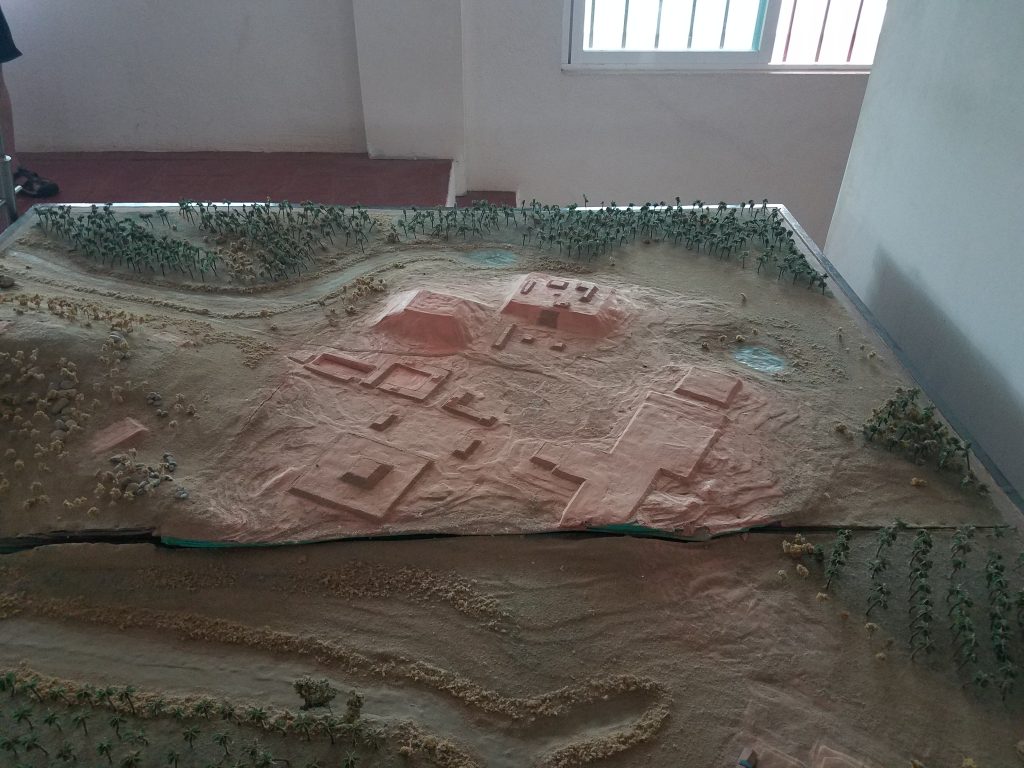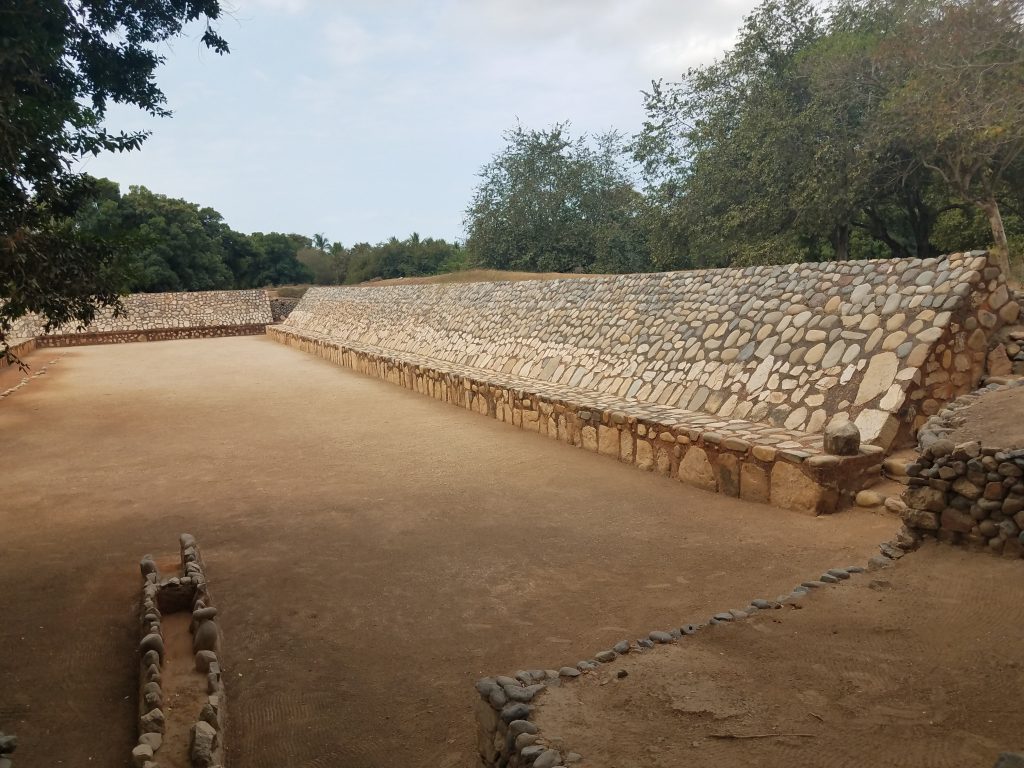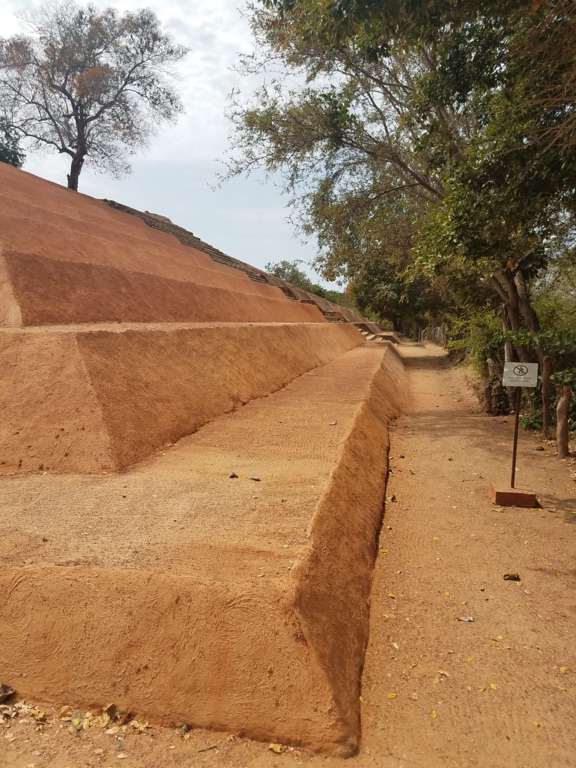Introduction to Xihuacan
Xihuacan, a significant Mesoamerican archaeological site, is situated in the Costa Grande region of Guerrero, Mexico. This site, located near La Soledad de Maciel and within proximity to Zihuatanejo and Petatlán, has been a focal point of historical and cultural interest due to its extensive occupation spanning over 3,000 years by various cultures. Despite discoveries dating back to the 1930s, formal excavations commenced only in the late 2000s, unveiling a complex history intertwined with other prominent Mesoamerican civilizations such as the Teotihuacan and Olmec.
Get your dose of History via Email
Historical Context and Discoveries
The area of Xihuacan has yielded numerous artifacts over the years, including the notable King of La Chole stele and Mesoamerican ball court rings. The formal archaeological efforts that began in the late first decade of the 2000s have led to significant findings, including what is potentially the largest Mesoamerican ball court, a pyramidal base covering 1 hectare, and a hill adorned with petroglyphs and a probable sacrifice stone. These discoveries have shed light on the site’s extensive use and importance as a ceremonial center.

Cultural and Economic Significance
Xihuacan’s location in La Soledad de Maciel, a village with a modest population reliant on agriculture, fishing, and handcrafted cigars, underscores the site’s potential as a tourist attraction and economic boon for the region. The construction of a museum and the excavation of the site, funded with 12 million pesos, were aimed not only at preserving this historical treasure but also at enhancing the local economy. The Instituto Nacional de Antropología e Historia has recognized the ruins’ significance, comparing them to monumental sites like Teotihuacan and Chichén Itza.

Archaeological Insights
The site’s excavation has revealed its role as a ceremonial center utilized by various cultures, including the Tomiles, Cuitatecos, and Tepoztecas. The extensive occupation of the site, evidenced by findings of ceramics and other objects, indicates economic and cultural exchanges with other Mesoamerican cultures, notably Teotihuacan. Among the explored areas, Mound A, the ball court, stands out for its size and the discovery of human sacrifices and ceramics shaped like jaguars. Mound B and the Cerro de los Brujos further contribute to our understanding of the site’s complexity and its significance in the region’s pre-Columbian history.

Conclusion
Xihuacan represents a crucial piece in the puzzle of Mesoamerican history, offering insights into the cultural, economic, and ceremonial practices of the civilizations that inhabited the region. The ongoing archaeological efforts continue to unveil the depth and breadth of its significance, promising to enrich our understanding of the ancient cultures of Mexico.
At a Glance
- Civilization Name: Various cultures including the Tomiles, Cuitatecos, and Tepoztecas
- Country: Mexico
- Age of the Site/Place: Over 3,000 years, flourishing between 200 and 800 AD

